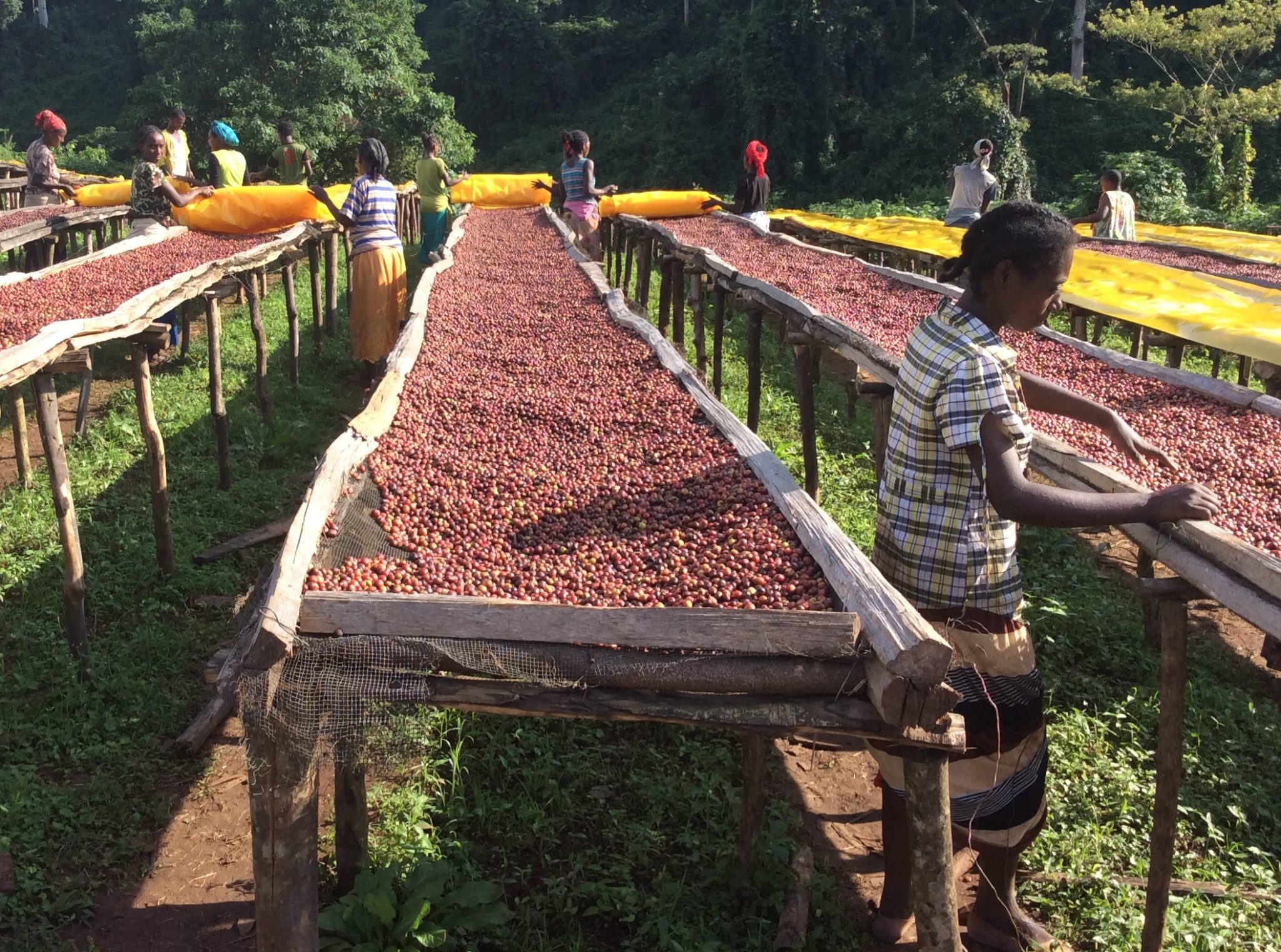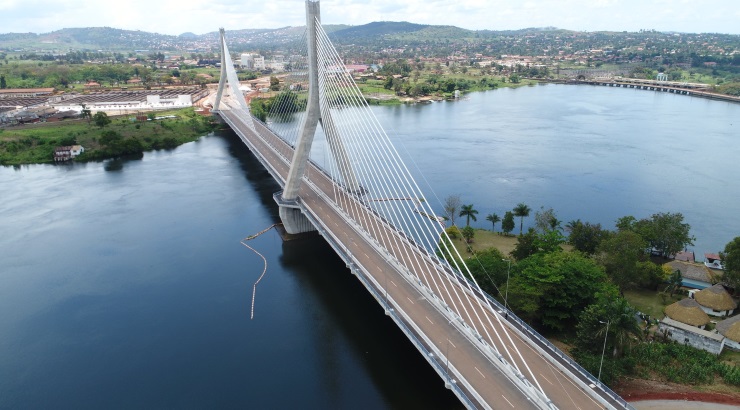Kenyan Government Taking Steps To Revive Dwindling Coffee Production


Kenya used to be one of the top coffee exporters in the world. However, in the last decade, Kenya’s coffee production has continued to dwindle. The reasons are partly because of a fall in global prices, climate change, and population growth. The country’s primary growing regions include the foothills of the Aberdare Mountains to the west, the southern slopes of Mt. Kenya to the north, and Central Highlands. Kenya ranks 17th among the world coffee exporters.
However, that story is about to change. On Friday, February 14th, the government of Kenya said it is making plans to change the negative trend in the coffee industry as well as ensure sustainable farming. According to the Agriculture Principal Secretary, Hamadi Boga, the government understands the contribution of the sub-sector to the overall development agenda. Standing as a representative of Peter Munya, the Agriculture Cabinet Secretary at a regional coffee conference in Mombasa, Boga said,
“We have developed a comprehensive reform agenda to address the challenges in the coffee sector, whose strategies include coffee production and productivity-enhancing and domestic coffee consumption strategies. But more importantly, is the youth agenda which has a correlation with value addition and domestic coffee consumption.”
Since the 1980s, Kenya’s coffee production has been on the decline. At that time, the size of Kenya’s coffee export was up to 140,000 tons per annum. In the last decade, the country struggled to export 40,000 to 50,000 tons per year. This accounts for about 1% of the world’s coffee market. However, Kenya’s Arabic variety is in high demand to blend with coffee for other regions.
Steps by Kenyan Government to Revive Coffee Production
Kenyan government is not relenting in its effort to boost coffee production in the country. Some of the previous efforts by the government to revitalize the coffee sector include the formulation of the cooperative policy, development of the coffee industry policy, formulation of facilitative coffee regulations, and establishment of the Coffee Cherry Advance Revolving Fund.
The 18th African Fine Coffee Conference and Exhibition recently held in Kenya. At the event, Boga revealed that henceforth the government will focus on investing in research through the establishment of a Coffee Research Institute. According to Boga,
“The government has agreed to finance the Coffee Research Institute. That will help us come with drought-resistance crops, value addition techniques and ways of attracting youth into coffee farming.”
The government is making plans to consolidate traditional markets like the U.S and Europe. However, the government is also increasing strategies to tap into emerging markets like Japan, China, and Singapore. The aim is to increase coffee production by more than 100,000 tons by 2022.
Factors Influencing the Downward Trend
Most African countries are facing problems in their agricultural sector. The chairman of Africa Fine Coffee Association (AFCA) Ishak Lukenge blames this on the aging population, rapid urbanization, lack of comprehensive strategies, and finance. A 2018 Economic Viability study on Coffee production and consumption by Kenya Coffee Platform shows that 50% of coffee farmers are above 60 years. However, the average age of Kenyan coffee consumers is 17 years. Boga said,
“We have a younger population that consumes coffee, but we do not have farmers. We need to push our younger generation into coffee farming.”
Lukenge believes that the key to dealing with this is through value addition. According to Lukenge, European countries that are not natural coffee growers are doing well in the exportation of the commodity as a result of value addition. Consequently, they export their products back to African countries that are coffee growers.
We know that there is a huge potential in agriculture. Also, many African countries have fertile lands that support the growth of different plants. Our big question now is, how can the government of different African countries make agriculture attractive to youths?







Responses